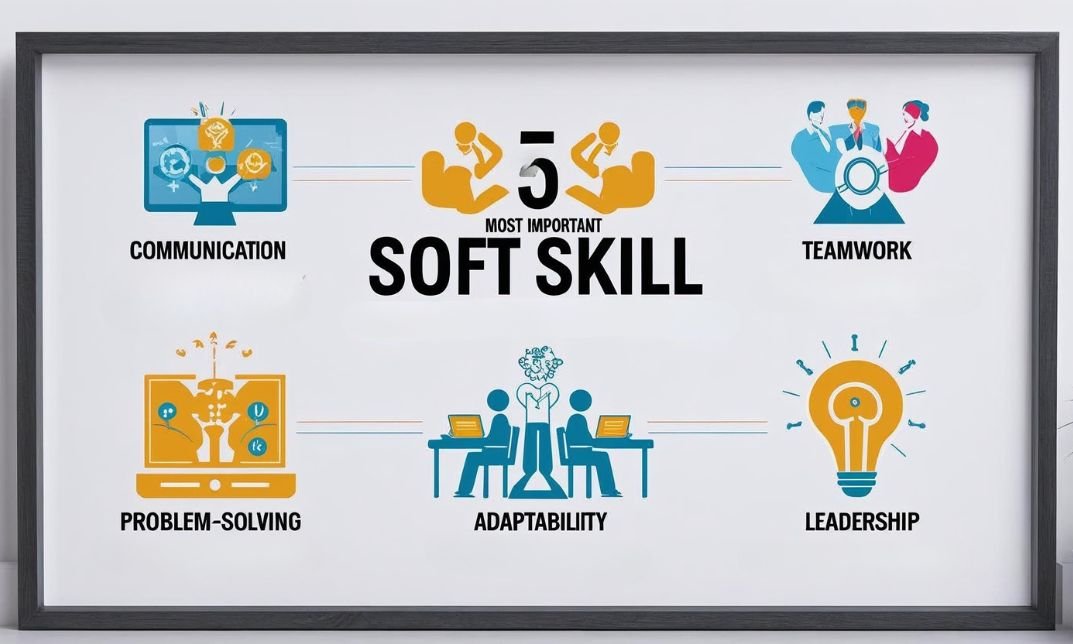No products in the cart.
What are the 5 P’s of creativity? They are Person, Process, Product, Place, and Press. These five parts shape how ideas form, grow, and come to life. Together, they explain why one person writes music in a loud café while another needs total silence. They show why some ideas work and others fall flat. The five P’s come from real research but also show up in everyday life. Artists, designers, writers, and inventors—most follow these patterns without knowing it. Once you understand each P, you can work with your own style instead of fighting it. That shift can unlock smarter thinking, smoother teamwork, and stronger results.

Person: The Creative You
The first P stands for Person. This one looks at you—your skills, habits, mood, and even your background. Every person brings their own way of thinking. Some love rules. Others like breaking them. Some think in pictures, while others think in words. There’s no one right way to be creative. What matters is knowing how you work best.
Take Banksy, for example. He blends bold art with strong views. He works fast, often in secret. His style fits his beliefs and energy. That’s Person at play. Same goes for J.K. Rowling. She mapped out whole worlds in notebooks before publishing. Her method matched her need for detail and control. Knowing your traits helps you plan better. Do you focus best under pressure, or when things are calm? Do ideas come when you relax? Does music help you think—or does silence sharpen your mind? Learn your rhythm, and use it.
Process: The Way Ideas Take Shape
Process means how you create. It’s the steps you take—from first thought to final result. Some people plan every detail. Others dive in and fix things later. Some sketch and test. Others write, erase, and rewrite. No process fits all tasks. But good processes help you move forward without stress.
Let’s look at a designer. She starts with a rough sketch. Then she tests colours. She tries ten versions before picking one. That’s her process. Or think of an engineer. He draws plans, runs tests, and builds small parts first. His method suits big, complex work. What about you? Do you jump in or think it through? Do you edit as you go? Understanding your process makes projects less messy. It also helps you change gears when stuck.
Product: The Thing You Make
Product is the result—your final piece. It could be a painting, a poem, a new gadget, or even a clever fix at work. The product shows the value of your idea. It gives people something to react to. Some products come fast and raw. Others take time and polish. Both can work. The key is knowing your goal.
A street artist may spray a mural in hours. A software team might spend months coding an app. One is bold and fast. The other is tested and safe. Both solve problems in creative ways. Don’t just ask, “Is this idea fun?” Ask, “Does it do what I meant?” If your product solves a problem, moves people, or shares a message—it counts. Feedback also lives here. How people respond helps you grow. Your product talks back. Listen closely.
Place: Where Creativity Lives
Place means your setting—where you do your best thinking. This P includes your desk, your team, your tools, and even the mood in the room. A good place can boost ideas. A bad one can block them. The right place depends on the person. Some people think better in noise. Others need calm.
Think of Steve Jobs. He walked during meetings. It helped him think clearly. Or take Frida Kahlo. Her bedroom became a studio. She painted from bed after her injury. The space matched her needs. Your place might be a café, a shed, a quiet corner, or a shared table. Look around. What helps you focus? What breaks your flow? Can you control your light, sound, or tools? Try small changes. Even moving your chair or closing tabs can help.
Press: The Pressure That Shapes Ideas
Press is the world around you. It’s the culture, the people, the rules, and the deadlines. It’s also the push and pull you feel—like when you want to impress a boss or beat a timer. Some people work well under pressure. Others don’t. Some thrive in teams. Others freeze when watched.
Take chefs in busy kitchens. Heat, noise, and orders fly around. Yet many love the pace. It sharpens focus. Or think of startup founders. They pitch fast, fail fast, and move again. High press fuels them. But press can also crush. Bad bosses, fear of judgment, or unclear goals kill good ideas. That’s why safe, open teams work better. If you lead others, ask yourself: Do I create space for ideas to grow? Do people feel heard? Press can lift or block creativity. Handle it with care.
What Are the 5 P’s of Creativity? Real-World Lessons
Now that you know the five P’s—Person, Process, Product, Place, and Press—try spotting them in your day. Watch how you act when a deadline hits. Notice your thoughts when you’re on a walk. See how your space affects your focus. These small checks help you shape your own creative plan. Use the five P’s to build a map, not a rulebook. Let each part guide you, not box you in.
How Artists Use the 5 P’s of Creativity
Let’s take Adele. Her Product? Words that stay with you—honest, layered, and impossible to ignore. Songs that hit millions. Her Place may be a quiet home studio. Her Press? Fans, fame, and industry expectations. Each part plays a role.
Or take James Dyson. He hated weak vacuums. His process? Over 5,000 prototypes. His product? A revolution in home cleaning. His place? Just a barn—until he turned it into a lab.And his press? Doubt from others—fuel that pushed him further.These examples show how real creators mix the five P’s. You can too.
Ways to Improve Each P Without Stress
- Person: Keep a journal. Write what times, tools, or moods help you think best.
- Process: Test short steps. Try the “10-minute sketch” rule. Focus on doing, not perfecting.
- Product: Ask a friend to review your work. Watch how they react. Improve from there.
- Place: Try working in a new spot. Clean your desk. Add light or sound you enjoy.
- Press: Set your own deadlines. Share with a kind group, not a harsh one. Keep things playful.
No change needs to be big. Small tweaks often lead to big results.
Creativity at Work: Make It Part of the Day
You don’t need to work in art or media to use the five P’s. A nurse solving a patient issue uses creativity. A teacher planning lessons mixes all five P’s. So does a plumber rerouting pipes. Even shop staff who redesign displays tap into these steps. Don’t wait for a “creative task.” Treat each day as a space to build ideas. Notice what helps and what slows you down.
Creative Teams Use the 5 P’s Without Realising
Strong teams blend types. One person brings sharp focus. Another loves wild ideas. A third keeps things on track. Each adds value. You don’t need everyone to think the same. In fact, the best work often comes from mixed styles. When teams know the five P’s, they can spot gaps early. They plan for pressure, test places, and respect each other’s process. That makes better work—and happier people.
Mistakes People Make With the 5 P’s
Some try to copy others without checking their own needs. Others expect fast results from slow processes. Some think stress helps everyone. These myths hurt progress. The truth? No style works for all. Creativity needs care, not pressure. Watch for signs of burnout or boredom. Adjust when needed. That’s not failure. It’s smart.
Keep Curiosity Alive
The five P’s grow with you. What worked last year may feel wrong today. That’s okay. Stay open. Try new tools. Join a short course. Read a book that’s outside your usual picks. Visit a place that shifts your view. Curiosity feeds all five P’s. It’s the quiet power behind most great work.
Final Thoughts: You Already Use the 5 P’s
You’ve likely used parts of this model without knowing. That’s the beauty of it. Now, with names for each part, you can plan smarter and feel less stuck. If an idea won’t form, check the P’s. Maybe it’s the place that’s wrong. Maybe the pressure’s simply too much. Or maybe it’s time to rethink your process. Knowing gives you control. Control brings calm. Calm gives space for great ideas.
Want to unlock your creative power with purpose? Enrol in our online Personal Development Courses at Wise Campus. Learn how to use the 5 P’s and bring your best ideas to life—no matter what you do.






